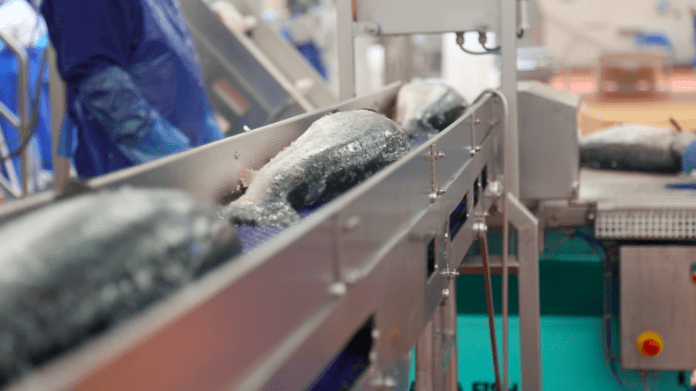Special packaging costs a fortune.
While Norway’s biggest salmon buyer, Poland, bought fish for NOK 68.23 (€6.8) last week, China paid NOK 117.30 (€11.8) per kilo. Both prices are delivered within Norway’s border. The price difference is NOK 49.07 (€5).
To put it another way; the Chinese paid 71.9 percent more than the Poles for the salmon.
There are several reasons for the large price difference, believes fish exporter Botholf Stolt-Nielsen, general manager of Ocean Supreme in Ålesund.
Weakness
“Air freight rates are very high. I am not sure if everyone subtracts the correct air freight when calculating the export price, or if it is done according to a template. There may be a weakness in the fundamental numbers,” he told SalmonBusiness.
At the same time, the packaging of salmon for the China market is a cost driver.
“China requires an inner bag and an inner label. This makes it difficult and expensive to pack, and often affects the efficiency of the packing line. And then you reduce the speed of the packing plant. Many packing plants, with graders and packing lines, are automated, and in all parts of a packing plant the flow must be connected,” he pointed out.
“In practice, there is limited capacity to do that, you don’t want to reduce production too much. Some pack a few pallets every day, but not too much, and then there are some who have specialized and take more of it. Flow in every joint is important. You must have boxes with bags inside and the same label on the outside as inside the box,” Stolt-Nielsen explained.
Ocean Supreme has traditionally specialized in exporting fish to the Asian markets.

Challenging
“In addition, all the requirements come from China; it is more complicated to produce and they get a more expensive product. From before, there are requirements in relation to pancreas disease (PD), infectious salmon anemia (ISA) and diseases, and then it is the case that they must only have large fish, which makes it expensive and challenging to produce for them.”
He does not think the price discrepancy is due to varying degrees of contract coverage.
“There are no contracts for China. You cannot have contracts in such a market. But in Poland there are probably some contracts, without which I have an overview,” he said.
According to export statistics from Norway’s Seafood Council, Poland bought 3,260 tonnes of fresh Norwegian salmon last week. By comparison, China bought 407 tonnes.

